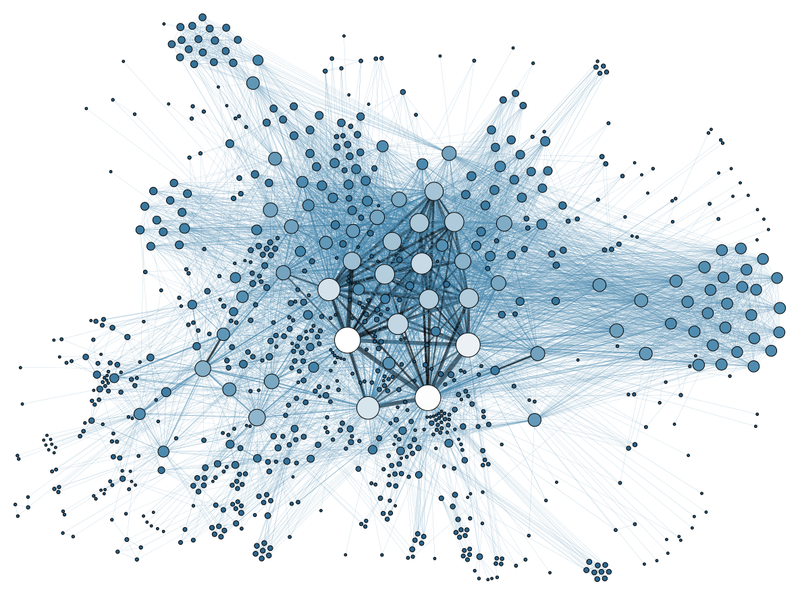Consumer products have long utilized the viral effect to spread awareness and increase the utility of the offering. Facebook was great when it was just your college friends, but value increased greatly when it became the easiest way to keep in touch with your family living half a world away. The [consumerization of enterprise](https://medium.com/@iamtikue/the-consumerization-of-enterprise-software-3e6eca1b5bbe) is one of the biggest trends in B2B software and we're starting to see the the similarities extend beyond UX to include "enterprise viral."
Enterprise viral is software that spreads organically through a large organization, like the [dancing baby](http://en.wikipedia.org/wiki/Dancing_baby) did through the early internet. Software that is enterprise viral has three major properties: users get value from the product, the product is easy to spread, and the value of the product increases as more of the organization uses it.
The first tenet of enterprise viral is that users get value. Corporate purchasers view procurement through the lens of ROI. Users don't. If they have a positive feeling after using the software, they are going to tell someone about the neat tool they found. This is why focusing on experience and the value of every interaction is critical. It's the easiest way to make the user happy.
When a happy user tells a colleague, it has to be easy for them to try out the software. Getting a new set of users on the product can't involve lengthy contract negotiations or trips to the golf course. They have to be able to try or adopt it with as few barriers as possible.
> ### The value has to increase as the product spreads through the organization.
The first two tenets are important, but the third is what truly makes a product enterprise viral. The value has to increase as the product spreads through the organization. This is where I think earlier attempts to change organization communication, like Yammer, fell short. They became too noisy and lost value as they spread, stalling growth and adoption. Meanwhile Slack's approach continues to provide value even when deployed across the entire organization.
I think software that fits this mold is going to be the way organizations start buying most of their software. It's a low risk, high reward way of measuring the value and understanding the true ROI. For companies selling this software, it's imperative to start thinking about how to improve their enterprise virality.

